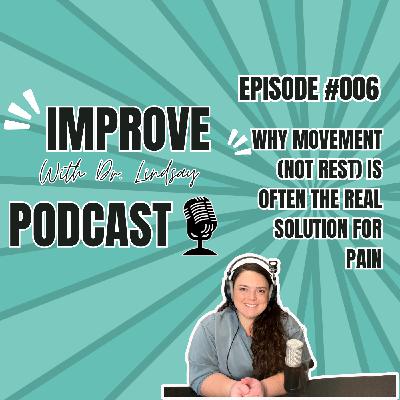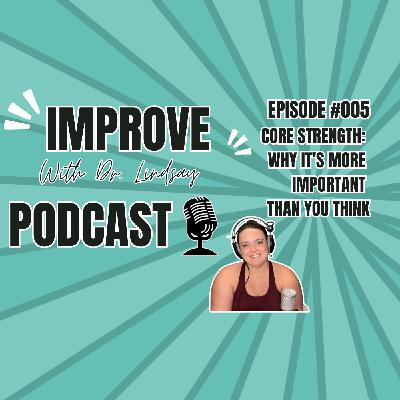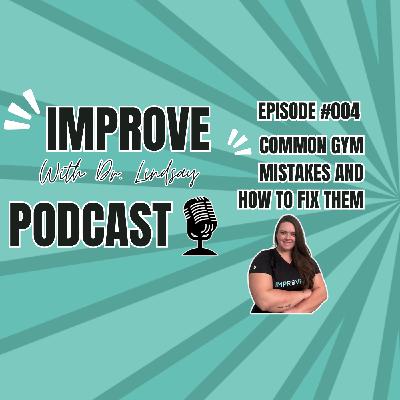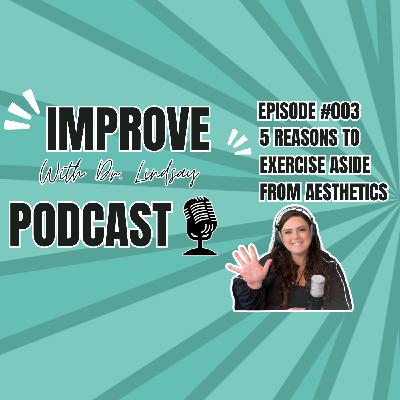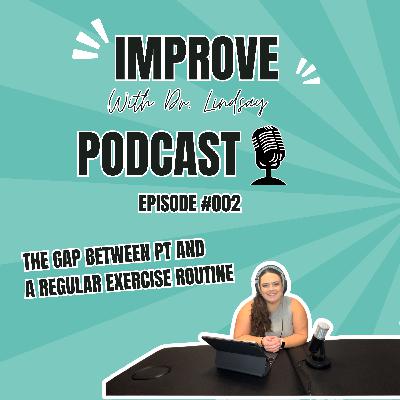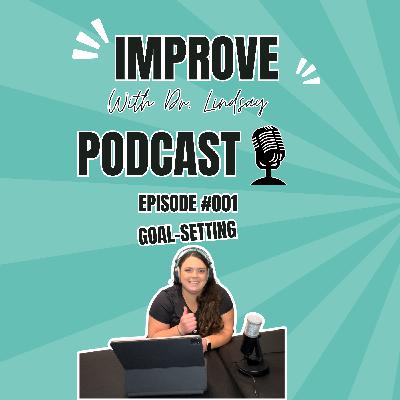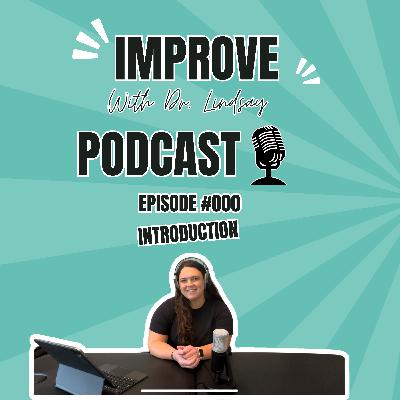Episode #006: Why Movement (Not Rest) is Often the Real Solution for Pain
Description
Keywords
movement, pain relief, physical therapy, injury recovery, chronic pain, acute injuries, brain and pain, gentle movement, healing, exercise
Summary
In this conversation, Dr. Lindsay discusses the paradox of movement as a solution to pain, emphasizing that despite the instinct to avoid movement when in pain, gentle and smart movement can facilitate healing. She shares personal experiences and insights from her practice as a physical therapist, explaining how the brain's protective mechanisms can sometimes make recovery more complicated. The discussion covers the importance of understanding pain signals, the benefits of gentle movement, and when to seek professional help for injuries.
Takeaways
Movement can be the best medicine for pain.
Pain is a protective mechanism that can lead to avoidance.
Prolonged avoidance of movement can lead to chronic pain.
Gentle movement can help with both chronic and acute injuries.
Understanding the difference between helpful and harmful pain is crucial.
Movement helps manage stress and improve overall well-being.
Early movement after injury can lead to faster recovery.
Not every injury is appropriate for immediate movement.
Listening to your body is key to recovery.
Rebuilding trust in your body is essential for confidence in movement.
Sound Bites
"Pain makes us want to stop moving."
"Movement is not the enemy."
"You can rebuild trust in your body."
Chapters
00:00 Movement as Medicine: Understanding Pain and Recovery
02:43 The Brain's Protective Mechanism: Pain and Movement
04:31 Decoding Pain: Understanding Your Body's Signals
06:37 The Role of Gentle Movement in Healing
08:04 Application with Acute Injuries: Input From Kylee Warne, Collegiate Level Head Athletic Trainer
09:04 When to Pause and Seek Guidance Before Moving
09:59 Empowering Movement: Building Trust in Your Body
11:24 Conclusion: Movement is Not the Enemy
11:57 New Chapter

